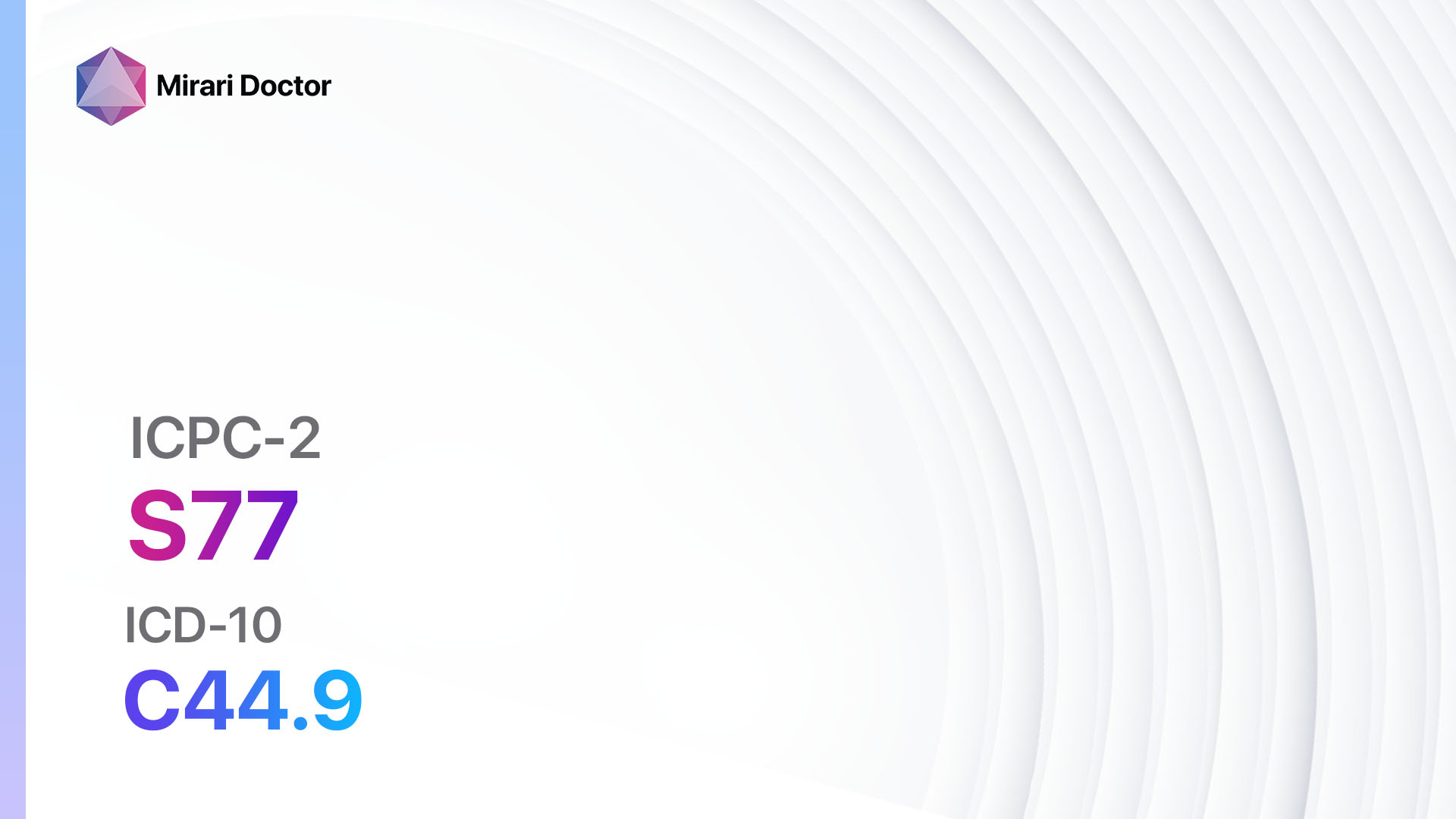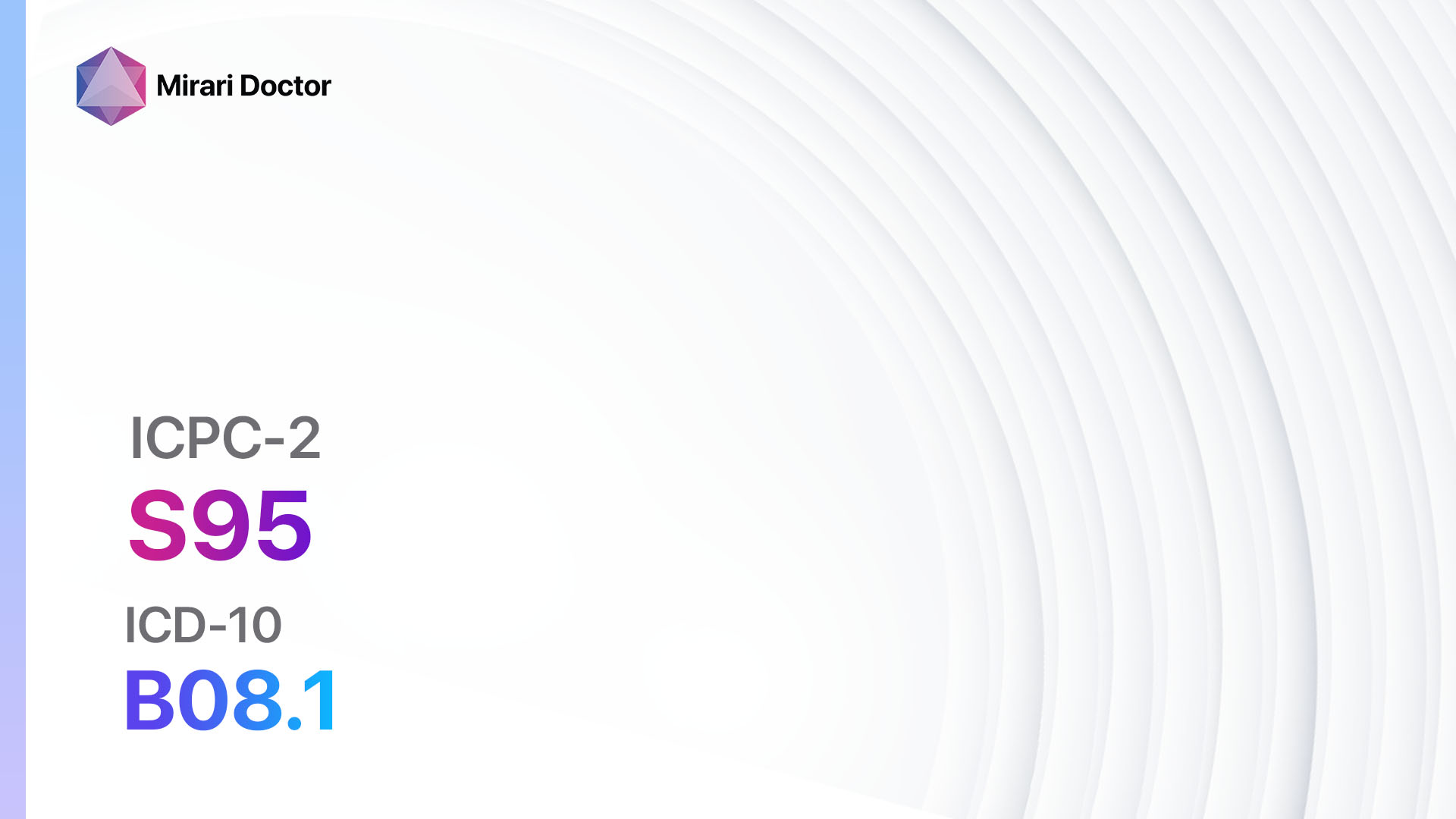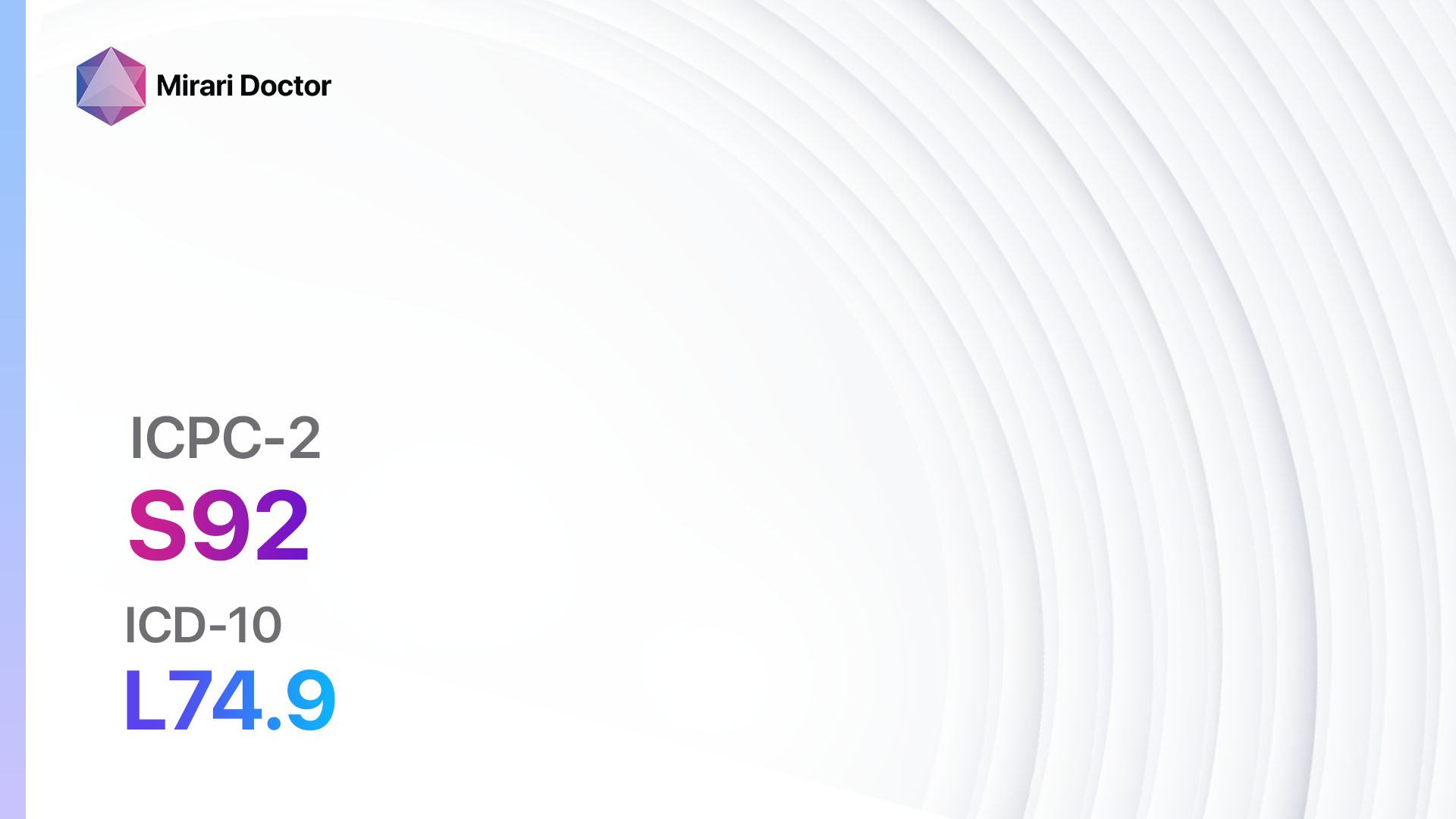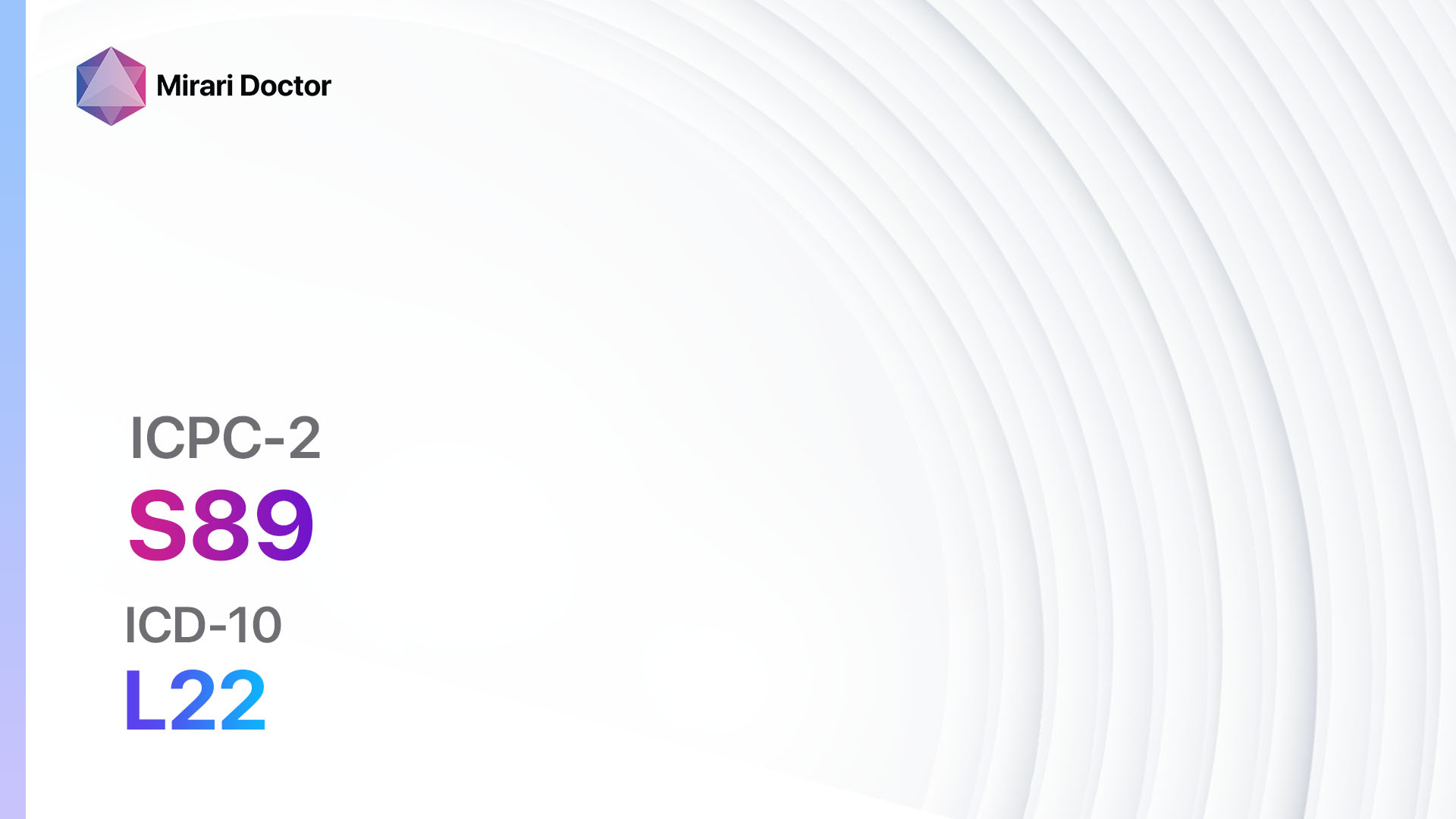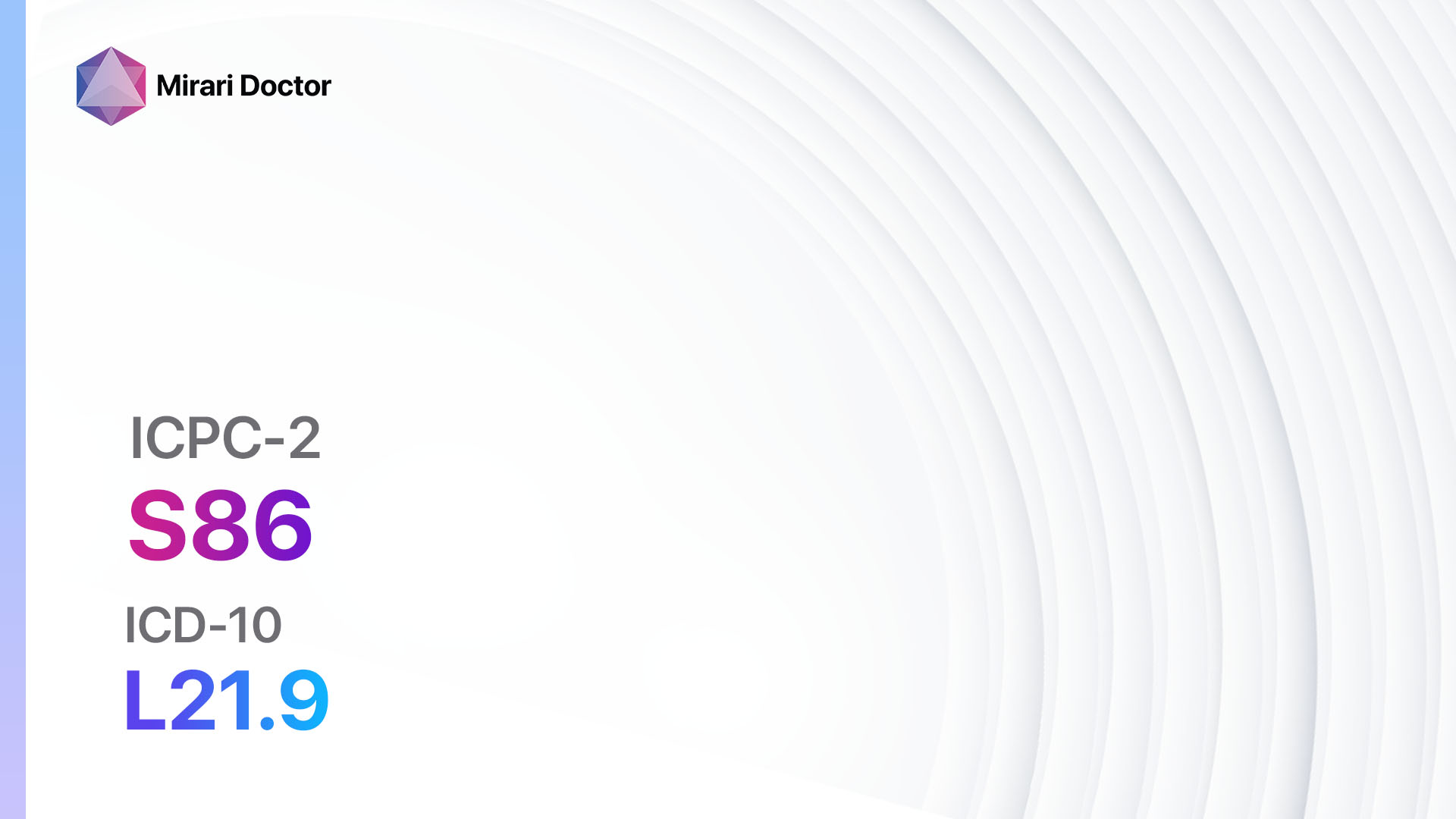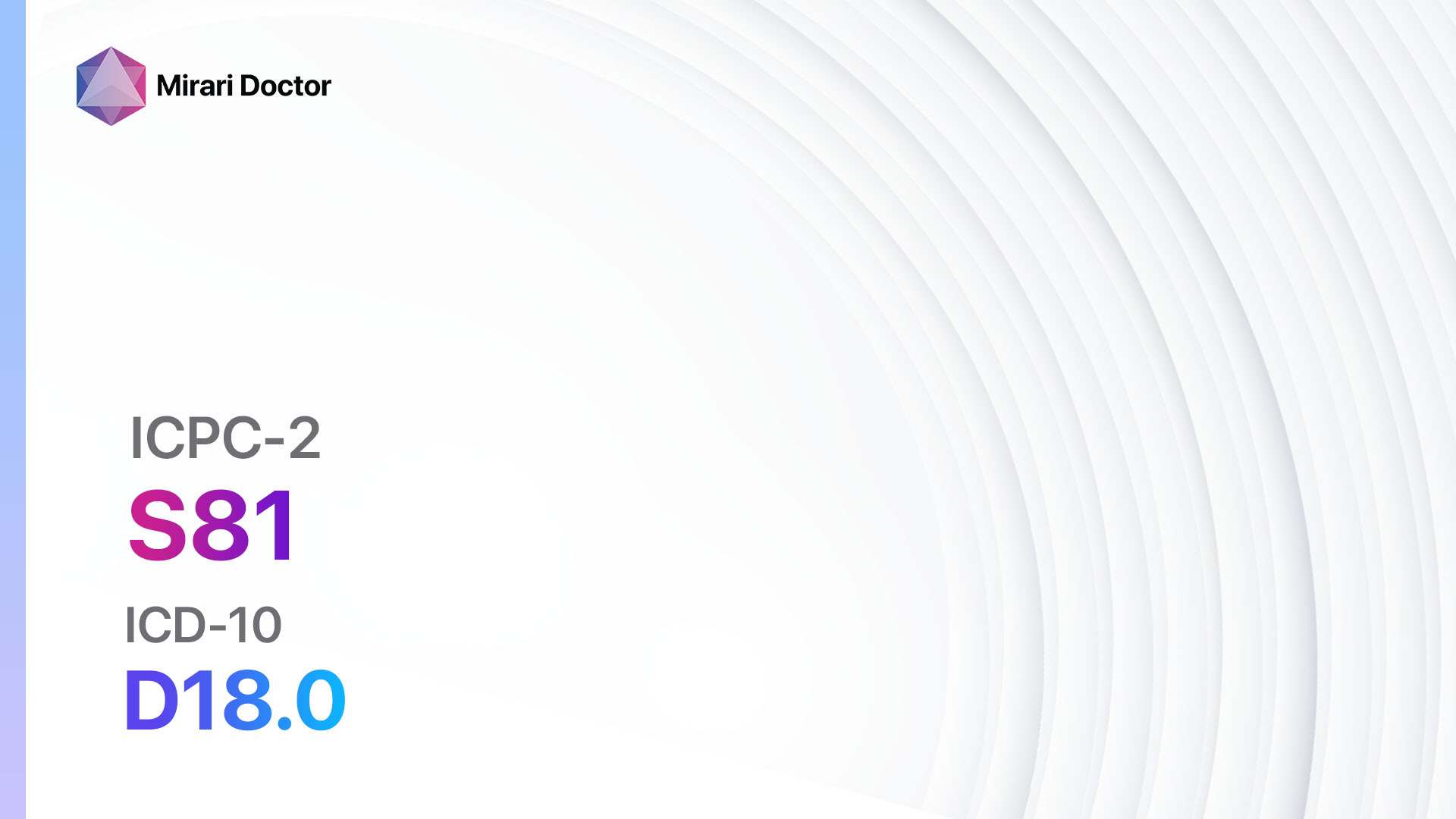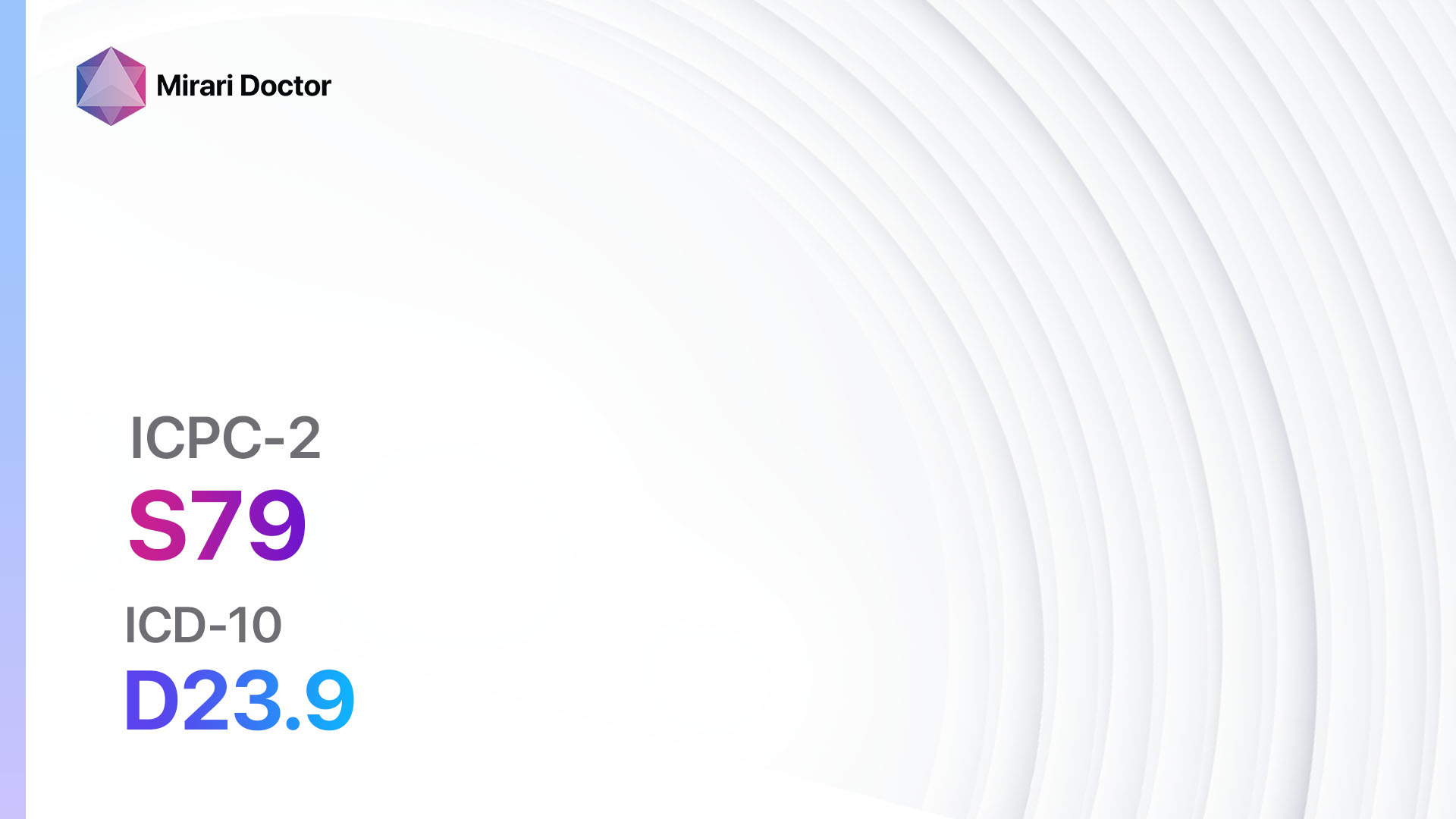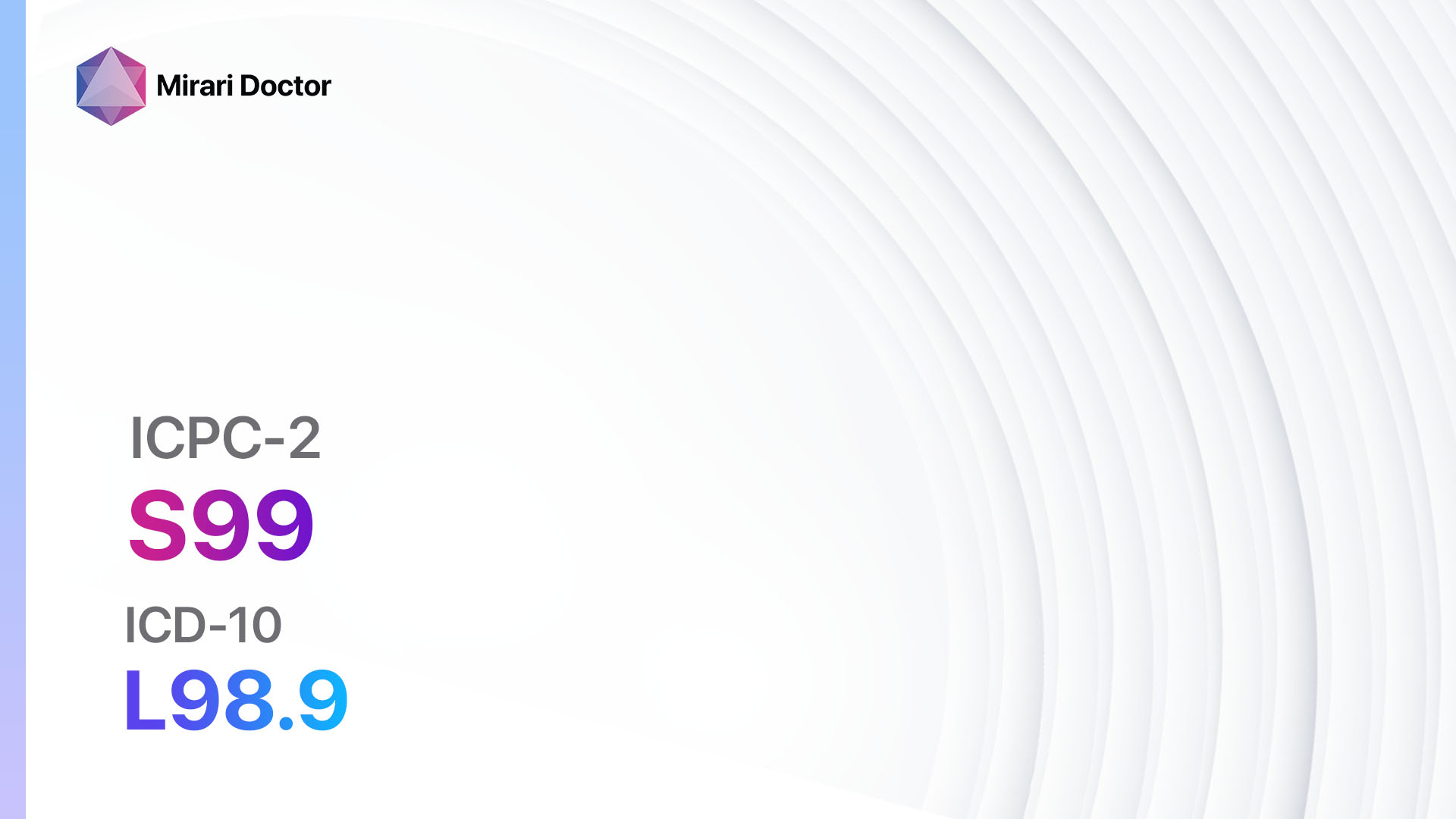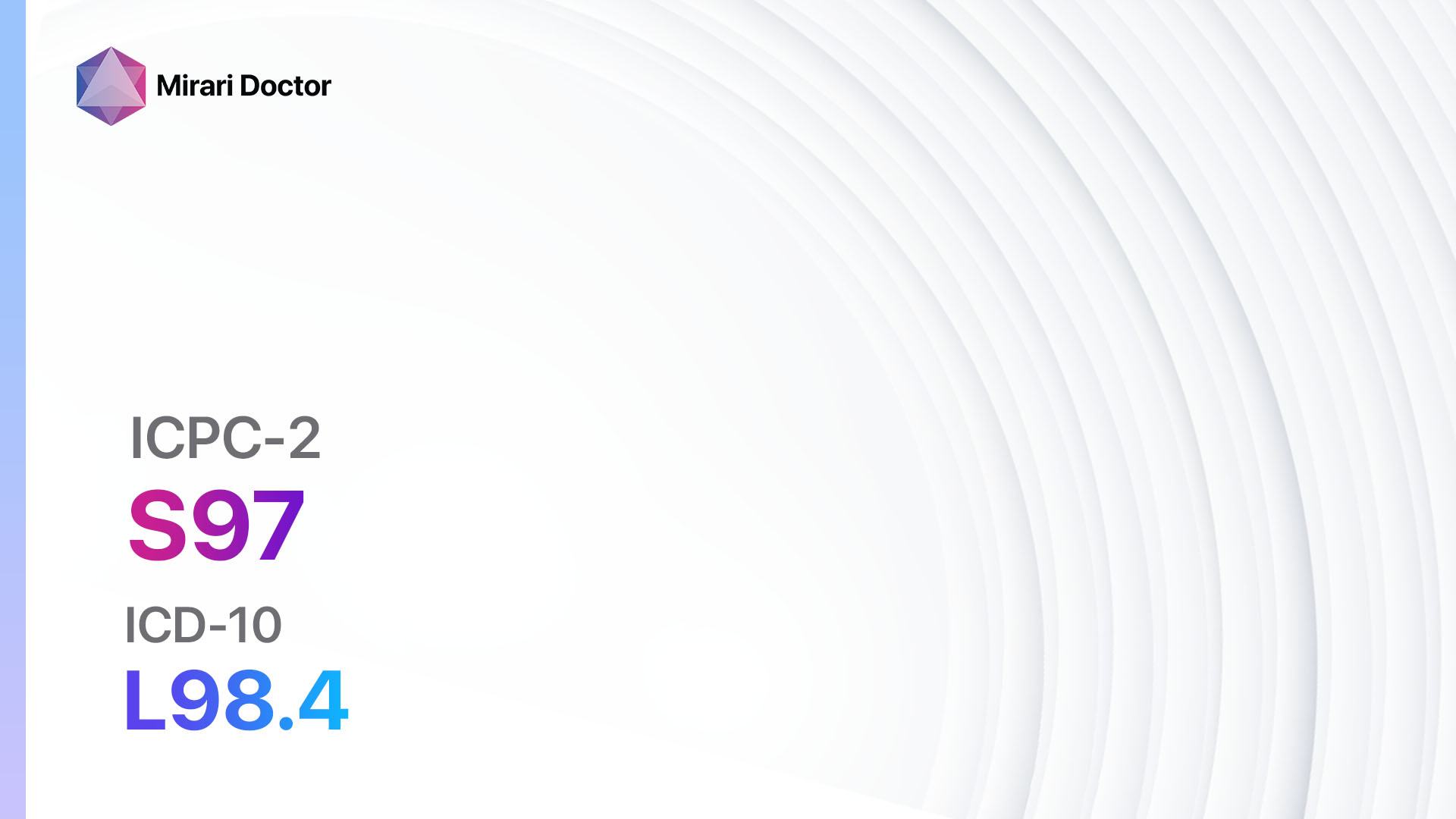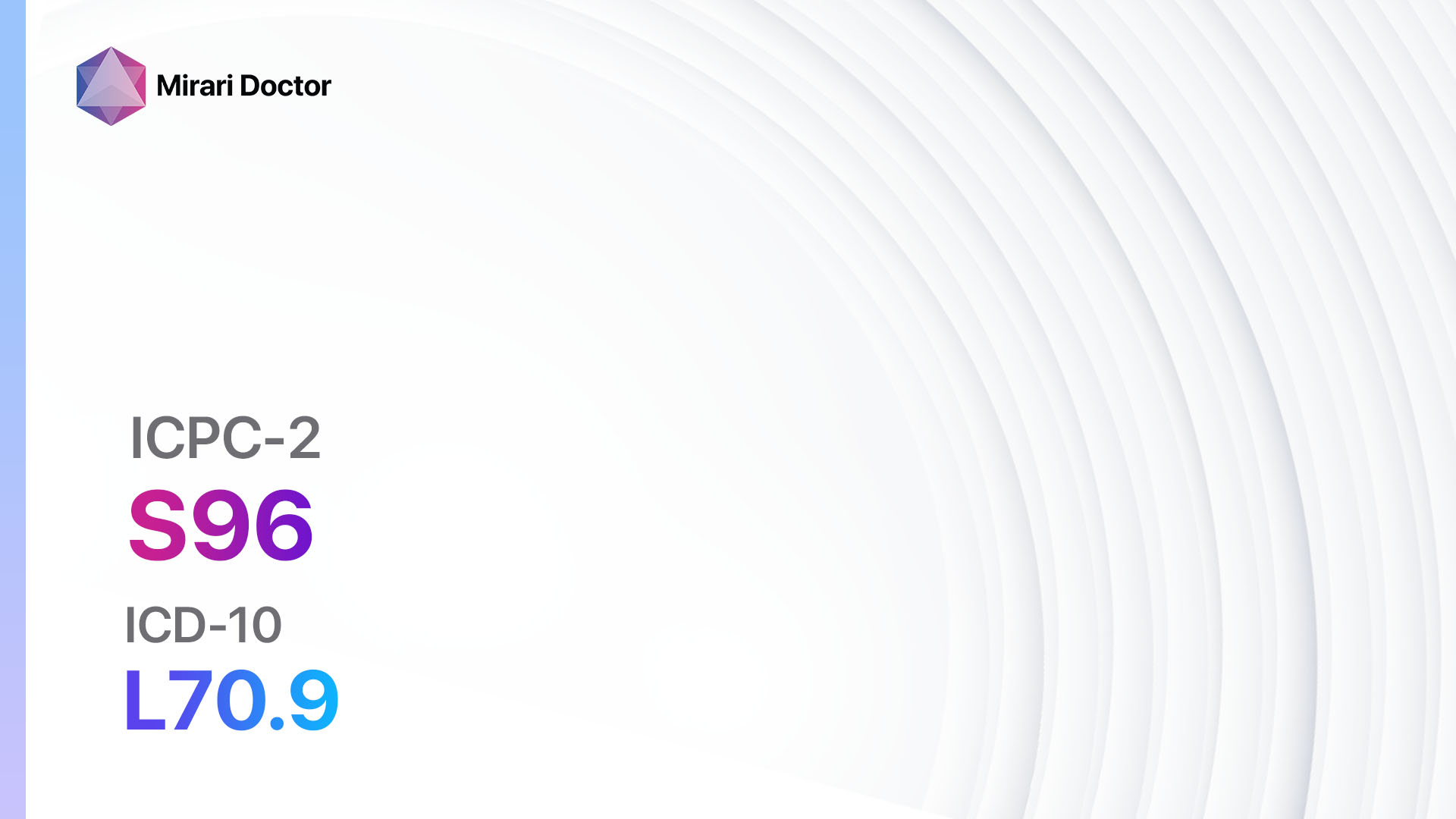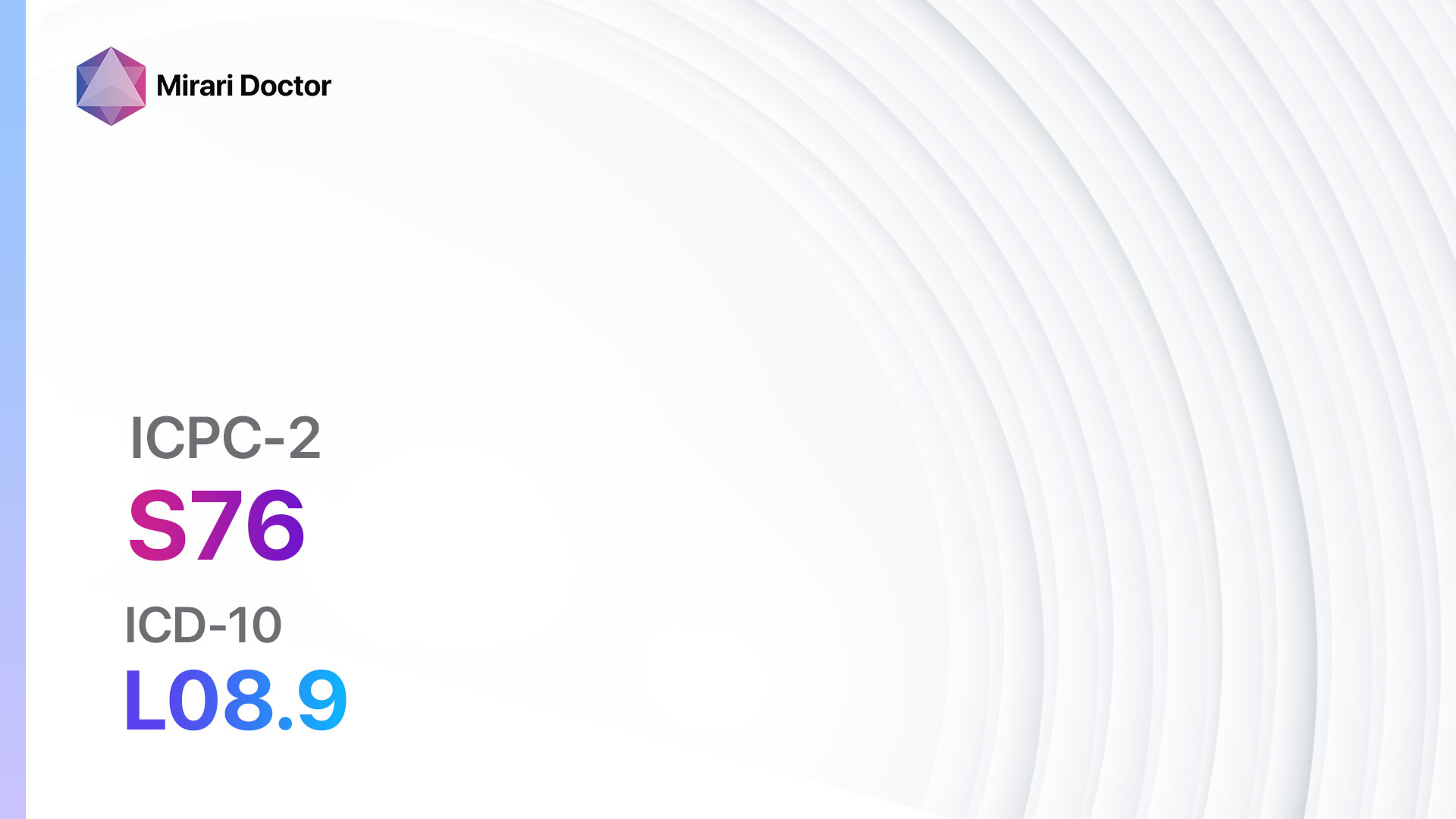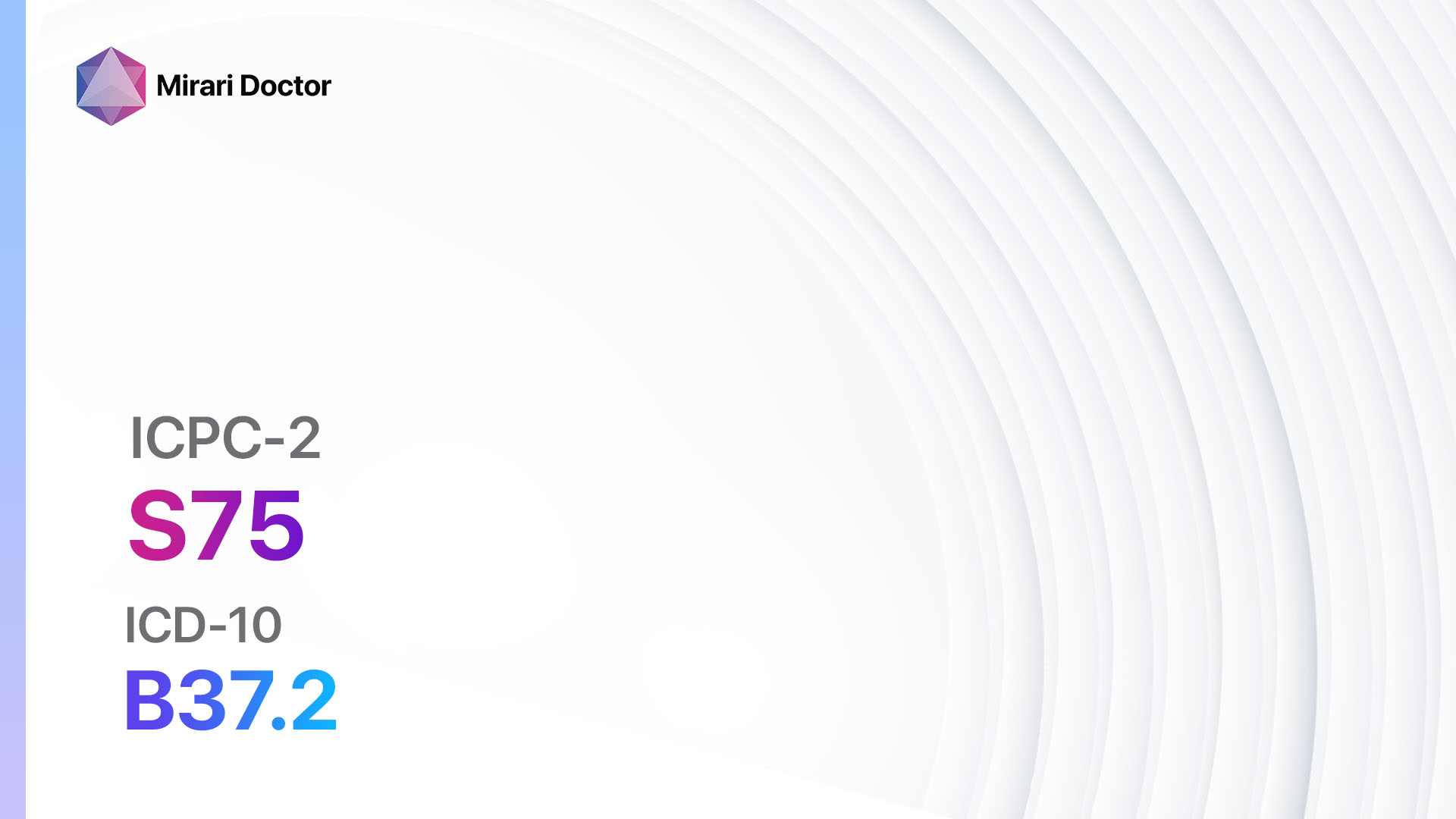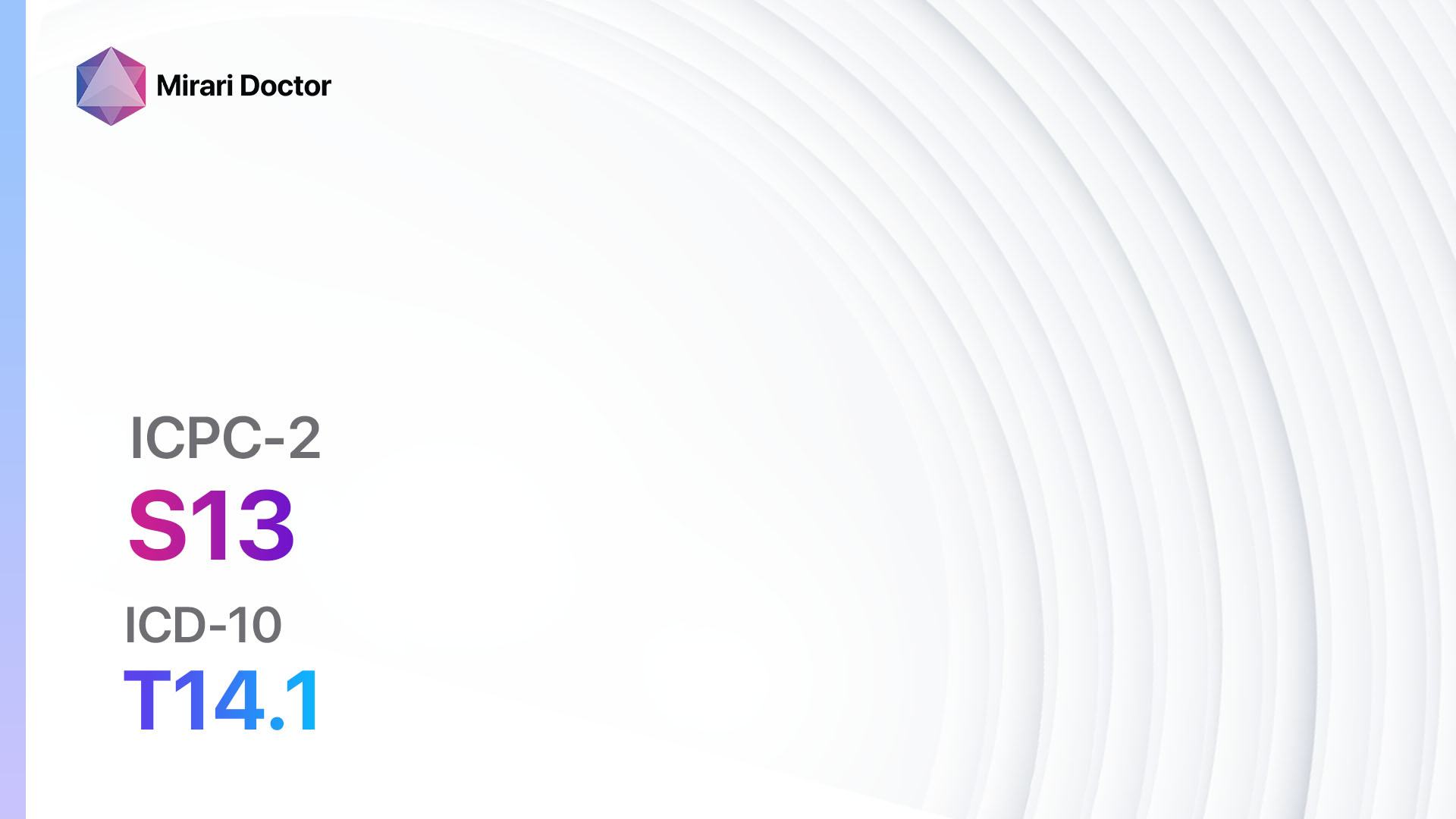
Introduction
Animal/human bites are common injuries that can result in significant complications if not properly managed. This guide aims to provide healthcare professionals with a comprehensive approach to diagnosing and treating animal/human bites.[1]
Codes
Symptoms
- Pain: Patients may experience localized pain at the site of the bite.[2]
- Swelling: Swelling and inflammation are common symptoms of animal/human bites.[3]
- Redness: The affected area may appear red or discolored.[4]
- Bleeding: Bites can cause bleeding, ranging from minor to severe.[5]
- Puncture wounds: Animal/human bites often result in puncture wounds, which can be deep and difficult to clean.[6]
Causes
- Animal bites: Dogs, cats, and other animals can bite humans, resulting in injury.[7]
- Human bites: Bites from other humans can also occur, particularly in situations of violence or self-defense.[8]
Diagnostic Steps
Medical History
- Gather information about the circumstances surrounding the bite, including the type of animal or human involved.[9]
- Determine if the patient has any underlying medical conditions that may affect wound healing or increase the risk of infection.[10]
- Assess the patient’s tetanus vaccination status and update if necessary.
- Inquire about any allergies or previous adverse reactions to medications.
Physical Examination
- Inspect the bite wound for signs of infection, such as redness, swelling, or pus.
- Palpate the area to assess for tenderness or deep tissue involvement.
- Evaluate the range of motion and neurovascular status of the affected limb, if applicable.
- Check for signs of lymphadenopathy, which may indicate the spread of infection.
Determine Severity
- Classify the bite based on severity and depth:
- Superficial bite: Involves only the outer layers of the skin.
- Deep bite: Penetrates through the skin and involves underlying tissues, such as muscles, tendons, or bones.
- Infected bite: Shows signs of infection, such as redness, swelling, warmth, or pus.
Laboratory Tests
- Complete blood count (CBC): Assess for signs of infection, such as an elevated white blood cell count.
- Blood cultures: If systemic signs of infection are present, blood cultures may be necessary to identify the causative organism.
- Tetanus serology: Determine the patient’s tetanus immunity status and administer a booster if necessary.
Diagnostic Imaging
- X-ray: Consider obtaining an X-ray if there is suspicion of underlying bone involvement or foreign body presence.
- Ultrasound: Use ultrasound to assess for deep tissue involvement, such as tendon or muscle damage.
- CT scan: Consider a CT scan if there is concern for deeper tissue involvement or the presence of a foreign body.
Other Tests
- Rabies testing: If the bite was from an animal with a high risk of rabies transmission, consider testing the animal for rabies.
- HIV and hepatitis testing: In cases of human bites, particularly if there is a risk of bloodborne pathogen transmission, consider testing for HIV and hepatitis.
Follow-up and Patient Education
- Schedule follow-up appointments to monitor wound healing and assess for signs of infection.
- Educate the patient on proper wound care, including cleaning the wound, applying topical antibiotics, and changing dressings.
- Advise the patient to watch for signs of infection, such as increased pain, redness, swelling, or pus, and to seek medical attention if these occur.
- Discuss the importance of tetanus vaccination and provide information on where to obtain a booster if needed.
Possible Interventions
Traditional Interventions
Medications:
Top 5 drugs for animal/human bites:
- Amoxicillin-clavulanate (Augmentin):
- Cost: $10-$50 for a 10-day course.
- Contraindications: Known allergy to penicillin or cephalosporins.
- Side effects: Diarrhea, nausea, rash.
- Severe side effects: Severe allergic reactions, liver toxicity.
- Drug interactions: Warfarin, methotrexate.
- Warning: Monitor liver function in patients with pre-existing liver disease.
- Ciprofloxacin (Cipro):
- Cost: $10-$50 for a 10-day course.
- Contraindications: Known allergy to fluoroquinolones.
- Side effects: Nausea, diarrhea, headache.
- Severe side effects: Tendon rupture, peripheral neuropathy.
- Drug interactions: Warfarin, theophylline.
- Warning: Increased risk of Clostridium difficile infection.
- Clindamycin (Cleocin):
- Cost: $10-$50 for a 10-day course.
- Contraindications: Known allergy to lincosamides.
- Side effects: Diarrhea, nausea, rash.
- Severe side effects: Severe allergic reactions, Clostridium difficile infection.
- Drug interactions: Erythromycin, neuromuscular blockers.
- Warning: Monitor for signs of pseudomembranous colitis.
- Tetanus toxoid (Td vaccine):
- Cost: $25-$50 for a single dose.
- Contraindications: Severe allergic reaction to a previous dose.
- Side effects: Pain at the injection site, low-grade fever.
- Severe side effects: Anaphylaxis (rare).
- Drug interactions: None.
- Warning: Administer tetanus immunoglobulin in cases of dirty or deep wounds if the patient is not up to date with tetanus vaccination.
- Pain medication (e.g., acetaminophen, ibuprofen):
- Cost: $5-$15 for a 10-day supply.
- Contraindications: Known allergy to the medication, active gastrointestinal bleeding.
- Side effects: Nausea, stomach upset, dizziness.
- Severe side effects: Liver damage (with acetaminophen), gastrointestinal bleeding (with ibuprofen).
- Drug interactions: Warfarin, aspirin.
- Warning: Follow recommended dosages and avoid long-term use.
Alternative Drugs:
- Doxycycline: An alternative to amoxicillin-clavulanate or ciprofloxacin for patients with penicillin allergies.
- Trimethoprim-sulfamethoxazole (Bactrim): Another option for patients with penicillin allergies.
- Metronidazole (Flagyl): Consider in cases of suspected anaerobic infection.
- Clarithromycin (Biaxin): An alternative to clindamycin for patients with lincosamide allergies.
- Ibuprofen: An alternative to acetaminophen for pain relief.
Surgical Procedures:
- Wound debridement: Surgical removal of devitalized tissue and foreign bodies from the wound.
- Wound closure: Suturing or stapling the wound to promote healing and reduce the risk of infection.
- Drainage: If an abscess is present, drainage may be necessary to remove pus and promote healing.
Alternative Interventions
- Acupuncture: May help reduce pain and promote healing. Cost: $60-$120 per session.
- Hyperbaric oxygen therapy: Involves breathing pure oxygen in a pressurized chamber to enhance wound healing. Cost: $200-$300 per session.
- Herbal remedies: Some herbs, such as calendula or tea tree oil, may have antimicrobial properties and aid in wound healing. Cost: Varies depending on the specific product.
- Homeopathic remedies: Arnica montana or Hypericum perforatum may be used to reduce pain and inflammation. Cost: Varies depending on the specific product.
Lifestyle Interventions
- Proper wound care: Clean the wound thoroughly with mild soap and water, apply an antibiotic ointment, and cover with a sterile dressing. Cost: Minimal.
- Rest and elevation: Elevate the affected limb to reduce swelling and promote healing. Cost: None.
- Healthy diet: Encourage a balanced diet rich in vitamins and minerals to support wound healing. Cost: Varies depending on food choices.
- Smoking cessation: Advise patients to quit smoking, as smoking impairs wound healing. Cost: Varies depending on cessation methods.
- Stress reduction: Stress can impair the immune system and delay wound healing. Encourage stress reduction techniques, such as meditation or exercise. Cost: Varies depending on chosen method.
It is important to note that the cost ranges provided are approximate and may vary depending on the location and availability of the interventions.
Mirari Cold Plasma Alternative Intervention
Understanding Mirari Cold Plasma
- Safe and Non-Invasive Treatment: Mirari Cold Plasma is a safe and non-invasive treatment option for various skin conditions. It does not require incisions, minimizing the risk of scarring, bleeding, or tissue damage.
- Efficient Extraction of Foreign Bodies: Mirari Cold Plasma facilitates the removal of foreign bodies from the skin by degrading and dissociating organic matter, allowing easier access and extraction.
- Pain Reduction and Comfort: Mirari Cold Plasma has a local analgesic effect, providing pain relief during the treatment, making it more comfortable for the patient.
- Reduced Risk of Infection: Mirari Cold Plasma has antimicrobial properties, effectively killing bacteria and reducing the risk of infection.
- Accelerated Healing and Minimal Scarring: Mirari Cold Plasma stimulates wound healing and tissue regeneration, reducing healing time and minimizing the formation of scars.
Mirari Cold Plasma Prescription
Video instructions for using Mirari Cold Plasma Device – S13 Animal/human bite (ICD-10:T14.1)
| Mild | Moderate | Severe |
| Mode setting: 1 (Infection) Location: 0 (Localized) Morning: 15 minutes, Evening: 15 minutes | Mode setting: 1 (Infection) Location: 0 (Localized) Morning: 30 minutes, Lunch: 30 minutes, Evening: 30 minutes | Mode setting: 1 (Infection) Location: 0 (Localized) Morning: 30 minutes, Lunch: 30 minutes, Evening: 30 minutes |
| Mode setting: 2 (Wound Healing) Location: 0 (Localized) Morning: 15 minutes, Evening: 15 minutes | Mode setting: 2 (Wound Healing) Location: 0 (Localized) Morning: 30 minutes, Lunch: 30 minutes, Evening: 30 minutes | Mode setting: 2 (Wound Healing) Location: 0 (Localized) Morning: 30 minutes, Lunch: 30 minutes, Evening: 30 minutes |
| Mode setting: 10 (Dermatitis/Fungus) Location: 0 (Localized) Morning: 15 minutes, Evening: 15 minutes | Mode setting: 10 (Dermatitis/Fungus) Location: 0 (Localized) Morning: 30 minutes, Lunch: 30 minutes, Evening: 30 minutes | Mode setting: 10 (Dermatitis/Fungus) Location: 0 (Localized) Morning: 30 minutes, Lunch: 30 minutes, Evening: 30 minutes |
| Total Morning: 45 minutes approx. $7.50 USD, Evening: 45 minutes approx. $7.50 USD | Total Morning: 90 minutes approx. $15 USD, Lunch: 90 minutes approx. $15 USD, Evening: 90 minutes approx. $15 USD | Total Morning: 90 minutes approx. $15 USD, Lunch: 90 minutes approx. $15 USD, Evening: 90 minutes approx. $15 USD |
| Usual treatment for 7-60 days approx. $105 USD – $900 USD | Usual treatment for 6-8 weeks approx. $1,890 USD – $2,520 USD | Usual treatment for 3-6 months approx. $4,050 USD – $8,100 USD |
 |
|
Use the Mirari Cold Plasma device to treat Animal/human bite effectively.
WARNING: MIRARI COLD PLASMA IS DESIGNED FOR THE HUMAN BODY WITHOUT ANY ARTIFICIAL OR THIRD PARTY PRODUCTS. USE OF OTHER PRODUCTS IN COMBINATION WITH MIRARI COLD PLASMA MAY CAUSE UNPREDICTABLE EFFECTS, HARM OR INJURY. PLEASE CONSULT A MEDICAL PROFESSIONAL BEFORE COMBINING ANY OTHER PRODUCTS WITH USE OF MIRARI.
Step 1: Cleanse the Skin
- Start by cleaning the affected area of the skin with a gentle cleanser or mild soap and water. Gently pat the area dry with a clean towel.
Step 2: Prepare the Mirari Cold Plasma device
- Ensure that the Mirari Cold Plasma device is fully charged or has fresh batteries as per the manufacturer’s instructions. Make sure the device is clean and in good working condition.
- Switch on the Mirari device using the power button or by following the specific instructions provided with the device.
- Some Mirari devices may have adjustable settings for intensity or treatment duration. Follow the manufacturer’s instructions to select the appropriate settings based on your needs and the recommended guidelines.
Step 3: Apply the Device
- Place the Mirari device in direct contact with the affected area of the skin. Gently glide or hold the device over the skin surface, ensuring even coverage of the area experiencing.
- Slowly move the Mirari device in a circular motion or follow a specific pattern as indicated in the user manual. This helps ensure thorough treatment coverage.
Step 4: Monitor and Assess:
- Keep track of your progress and evaluate the effectiveness of the Mirari device in managing your Animal/human bite. If you have any concerns or notice any adverse reactions, consult with your health care professional.
Note
This guide is for informational purposes only and should not replace the advice of a medical professional. Always consult with your healthcare provider or a qualified medical professional for personal advice, diagnosis, or treatment. Do not solely rely on the information presented here for decisions about your health. Use of this information is at your own risk. The authors of this guide, nor any associated entities or platforms, are not responsible for any potential adverse effects or outcomes based on the content.
Mirari Cold Plasma System Disclaimer
- Purpose: The Mirari Cold Plasma System is a Class 2 medical device designed for use by trained healthcare professionals. It is registered for use in Thailand and Vietnam. It is not intended for use outside of these locations.
- Informational Use: The content and information provided with the device are for educational and informational purposes only. They are not a substitute for professional medical advice or care.
- Variable Outcomes: While the device is approved for specific uses, individual outcomes can differ. We do not assert or guarantee specific medical outcomes.
- Consultation: Prior to utilizing the device or making decisions based on its content, it is essential to consult with a Certified Mirari Tele-Therapist and your medical healthcare provider regarding specific protocols.
- Liability: By using this device, users are acknowledging and accepting all potential risks. Neither the manufacturer nor the distributor will be held accountable for any adverse reactions, injuries, or damages stemming from its use.
- Geographical Availability: This device has received approval for designated purposes by the Thai and Vietnam FDA. As of now, outside of Thailand and Vietnam, the Mirari Cold Plasma System is not available for purchase or use.
References
- Maniscalco K, Edens MA. Human Bites. StatPearls. 2020.
- Robsam SO, Ihechi EU, Olufemi WO. Human bite as a weapon of assault. Afr Health Sci. 2018;18(1):79-89.
- Bites – human and animal. NICE CKS. 2023.
- Human and animal bites: antimicrobial prescribing. NICE Guidance. 2020.
- Bites, Animal and Human. University Health Services. 2018.
- Animal and Human Bites Information & Treatment. Columbia Doctors.
- Animal and human bites. NHS. 2022.
- Human Bites: More Dangerous Than You Think. Verywell Health. 2021.
- Human bites. DermNet. 2015.
- Human Bites: Risks, Treatment, Complications. Patient.info. 2020.
Related articles
Made in USA



